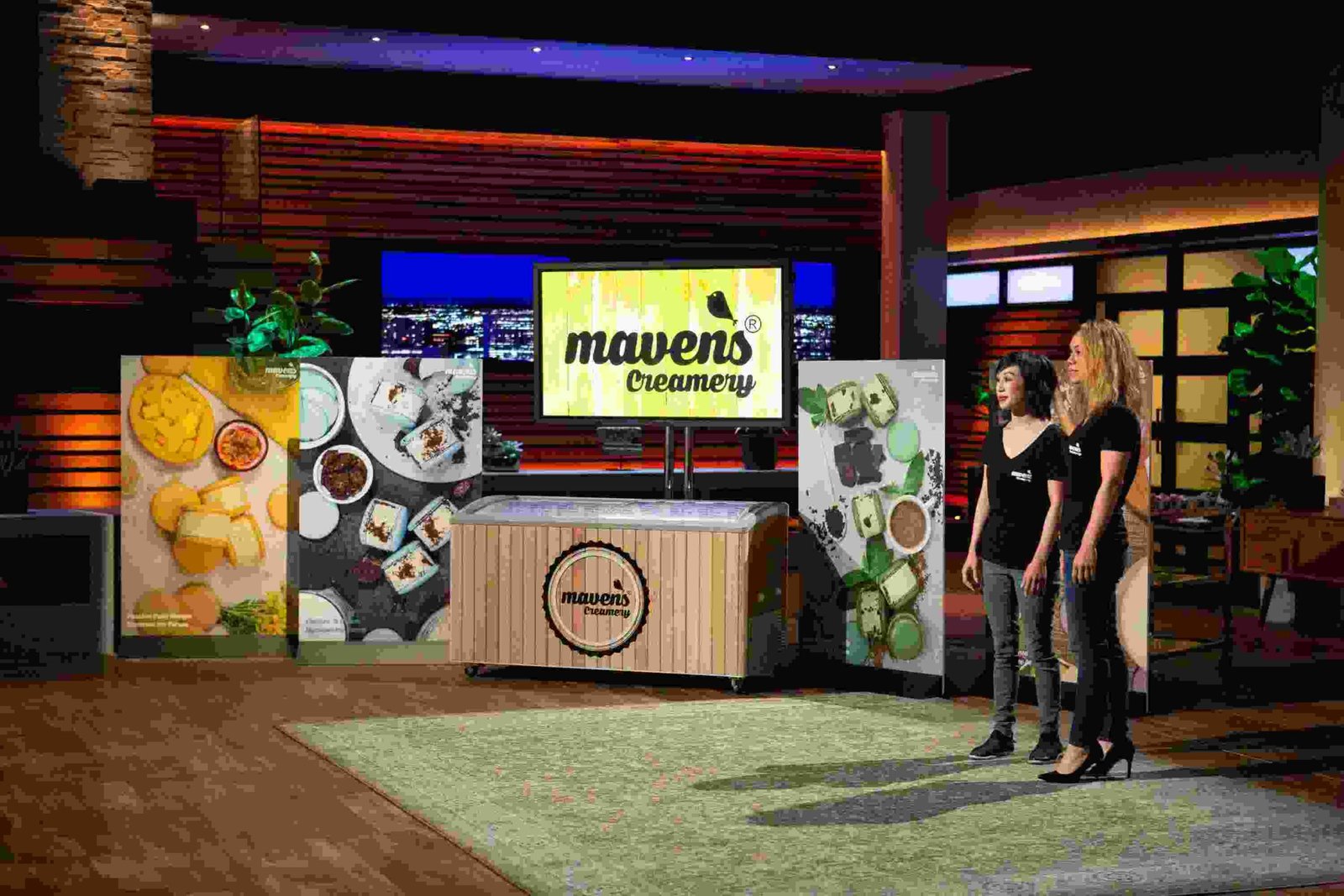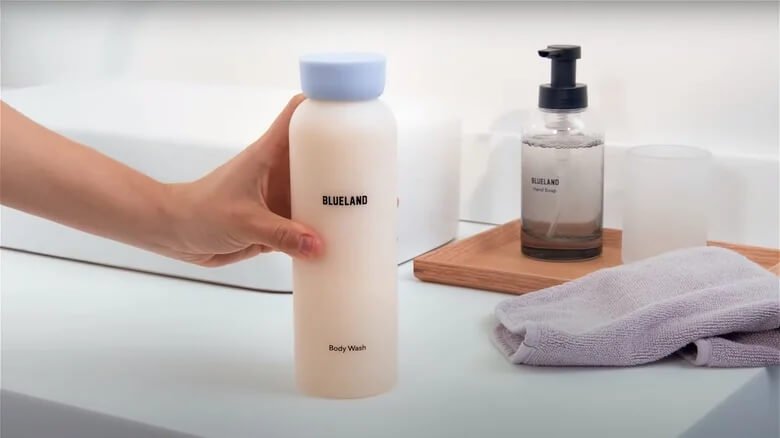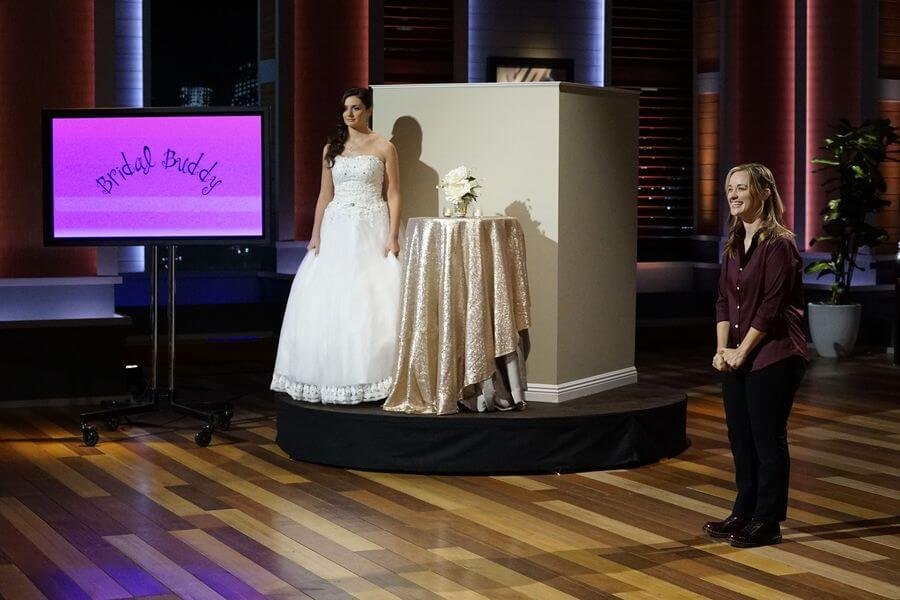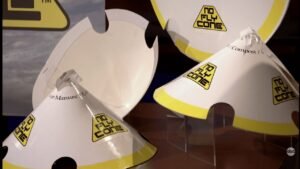Ever heard someone say, If you get on Shark Tank, you’re made? I’ve seen that myth blow up in founders’ faces. Zomm is a classic example. They brought what looked like a killer product—flashy Bluetooth, safety gadget, a real pain-killer for phone-losing types—to the biggest pitch room in America. Founder Henry Penix swaggered in and tossed out a fat ask: $2 million for 10%. Here’s the thing—sometimes, the bigger the ask, the harder you fall.
Let’s strip away the TV lights and hype. Here’s what really happened when Zomm hit Shark Tank, what went down after, and what every hustler can learn from the rise and stumble of this supposed can’t-miss business.
Zomm’s Product at a Glance: What Were They Actually Selling?
Forget the jargon. Zomm was a Bluetooth key fob that clings to your phone and screams if you try to leave it behind. Lose your phone in a bar? Zomm would start beeping like a car alarm for your smartphone. It also doubled as a security gadget—press a button, get an emergency call, or scare someone off.
At the time, this was clever. No iPhone had built-in location alerts. People were losing phones left and right, and mobile security was hitting headlines. Zomm could save your contacts, photos, maybe even bail you out in a sketchy parking lot. Smart, simple, and way ahead of most tech accessories you find at an airport kiosk. If you were pitching before 2014, this played hard.
Inside the Pitch: Henry Penix, The Numbers, and Where It All Got Dicey
Founders get starry-eyed and start rolling out monster valuations. Henry Penix was no rookie, but he was bold—maybe too bold. On Shark Tank Season 4, Episode 4, he asked for $2 million for 10%. That’s a $20 million company value. Let’s break down why that number got the Sharks twitchy.
Penix claimed to have $4 million of his own sweat in the business, plus $5 million more from VCs. That’s nine million dropped before the first handshake. They’d dropped $1 million just on R&D and got caught holding $2 million in inventory. Why? They overproduced, thinking the 2011 holiday rush would be a goldmine. Instead, they were sitting on boxes in a warehouse, hoping Amazon buyers would bail them out.
The Sharks—Mark Cuban, Robert Herjavec, Daymond John, Lori Greiner, Kevin O’Leary—were sharp, as always. Cuban called out the massive sunk cost. Herjavec, who’s lived tech booms and busts, said the company felt like it was on life support. Lori liked the product but smelled trouble—too much money burned, too much left unsold. Kevin? Numbers guy—he didn’t sugarcoat it. $10 million in debt and no clear path to 10x growth. All five Sharks, out.

Net Worth and Money Moves: The Numbers Behind Zomm
Let’s talk hard cash, not just wishful thinking. SharkWorth, the site that tracks post-Shark Tank stats, pegged Zomm’s net worth at its peak around $7.2 million in 2012. That’s real traction. But in startup money, $7 million feels like barely got started when you’ve already sunk over $9 million in costs.
The company got a massive initial injection—between founder cash and outside investment—but it came with huge expectations. That overproduction for the holidays was deadly. Imagine burning a million-plus on stuff waiting in boxes, not moving, while competitors close tech gaps and eat your market.
Within six years, Zomm’s net worth cratered to zero. By 2018, the business shut down. It’s a harsh lesson: money solves some problems, but without real demand and smart inventory moves, it won’t save you.
Sharks React: Why No Deal on the Table?
When five Sharks pass on a product that’s actually selling, you know it’s deeper than they didn’t get it. Each Shark played their own angle:
Mark Cuban: He’s allergic to overfunded startups with too much baggage. If you’ve already burned millions, why haven’t you figured out scale or pivots?
Robert Herjavec: He called time-of-death early. Saw red flags with finances—he’s made money in tech and knows when founders are swimming in quicksand.
Daymond John: Followed Robert. Fashion is his thing, but he knows inventory risk when he sees it.
Lori Greiner: She has a sixth sense for As Seen on TV winners but knows when the back-end is messy. She trusted her gut—bad money moves kill good ideas.
Kevin O’Leary: Pure numbers guy. Liked sales, hated debt. He doesn’t do charity, only math.
As someone who’s stood in pitch rooms: if you walk in asking for $2 million on a shaky foundation, the Sharks will tear you apart—no matter how good your story.
Shark Tank Bump: The Hype Vs. The Aftermath
Let’s be real—getting on Shark Tank is a gold rush moment. Zomm rode that wave. Their site exploded with traffic. Orders jumped. For a minute, Henry Penix probably felt like he’d won the lottery, even without a deal.
But TV pops are almost always temporary. You need repeat sales, not just one wild weekend of buzz. SharkWorth reports Zomm’s numbers shot up, then fizzled once the hype wore off. It’s happened to tons of founders—remember all those As Seen On TV hits that vanish by the next year? Zomm was in that club.
What Killed Zomm’s Momentum?
Here’s where the business graveyard tour begins. Too much debt. Overproduction. Expecting a holiday miracle that never came. Worse, the phone accessory market shifted under their feet—Apple, Samsung, and everyone else started building in Find My Phone tech. Suddenly, Zomm looked less like a must-have, more like a niche bandaid.
Mistakes? Overestimating demand. Overspending on both inventory and R&D before seeing big adoption. Trying to outpace tech giants with a single-skew gadget. And of course, letting debt pile up so high that you can’t even pedal harder to catch up. A few press awards and customer fans don’t pay the warehouse bills—founders, take notes.

Lessons for Founders: Play the Long Game, Not Just the Shark Tank Game
Everyone wants that Shark Tank glow. Problem is, hype isn’t product-market fit. Going viral or getting TV attention is great, but what matters is repeat customers, healthy margins, and not sinking yourself in debt just to chase a lottery ticket.
I’ve seen it a dozen times: overfund, overbuild, pray for a TV miracle. When it doesn’t work? Reality check hurts. Zomm is a case study in why you must balance vision with ruthless control—only stock what you can sell, only build what customers actually buy, and never mistake buzz for a real market.
Product was clever. Founder Henry Penix showed real hustle. But the execution—fueling fast growth by betting millions on inventory before clear sales data—was too much risk, not enough proof.
Zomm’s Final Chapter: A Shark Tank Casebook Classic
So what’s Zomm’s legacy? In Shark Tank folklore, they are that company that should have won—slick idea, strong pitch, total flameout. A reminder that even great tech can lose if you let debt and bad bets smother you.
If you’re an entrepreneur, this case should be required reading on SharkWorth or any startup blog. It’s not about how many millions you raise—it’s how many you keep, and how tight your ship runs once the camera stops. Zomm’s rise and fall is a gut check: can you survive the buzz, or will you drown in your own excitement?
FAQs: Zomm After Shark Tank
1. Is Zomm from Shark Tank still in business?
No—Zomm closed its doors around 2018.
2. How much was Zomm worth after Shark Tank?
The company touched $7.2 million peak value, according to SharkWorth.
3. Why did none of the Sharks invest in Zomm?
Too much debt, risky inventory, over-investment, and weak long-term plan.
4. Did the Shark Tank exposure help Zomm’s sales?
Short-term, yes. Sales spiked, but not enough to fix the fundamentals.
5. What made the Zomm product unique?
A smart Bluetooth fob—stop losing your phone, dial for help, all from your keychain.
6. Who founded Zomm and what happened to him?
Henry Penix. He moved on after Zomm went under.
7. Can you still buy Zomm devices?
Nope—they’re out of production and not supported.
8. What can startups learn from Zomm’s rise and fall?
Don’t let hype trick you; manage your cash and never bury your company in debt chasing a moonshot.
That’s the hard reality behind Zomm’s Shark Tank saga. Respect the hustle, learn from the missteps, and next time you’re tempted by millions on TV, remember—real deals are built after the cameras cut.










